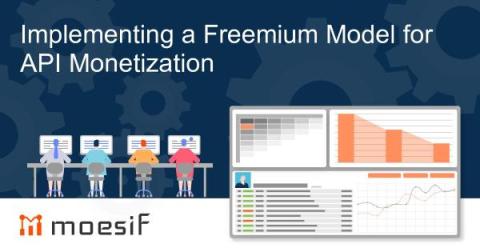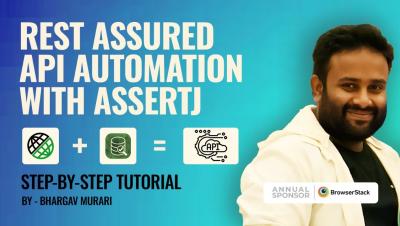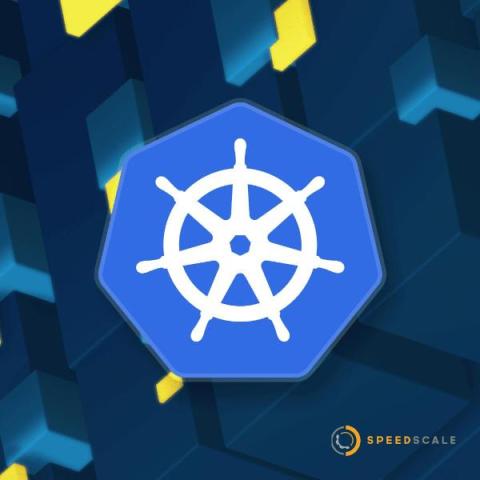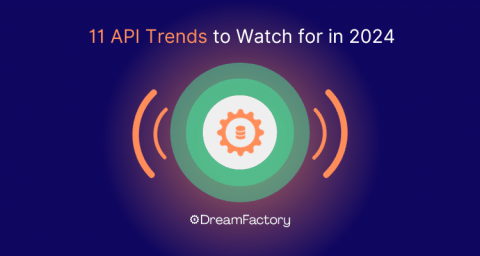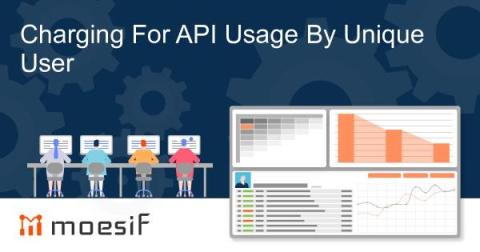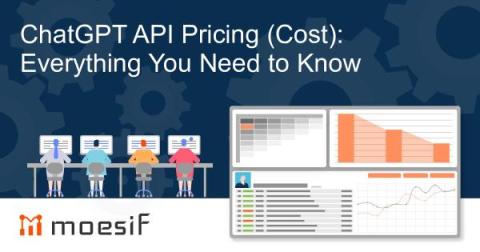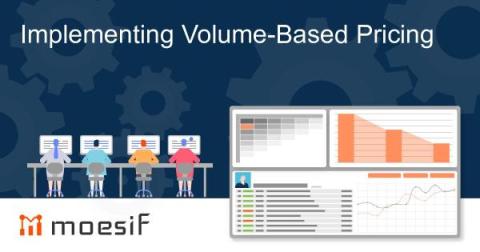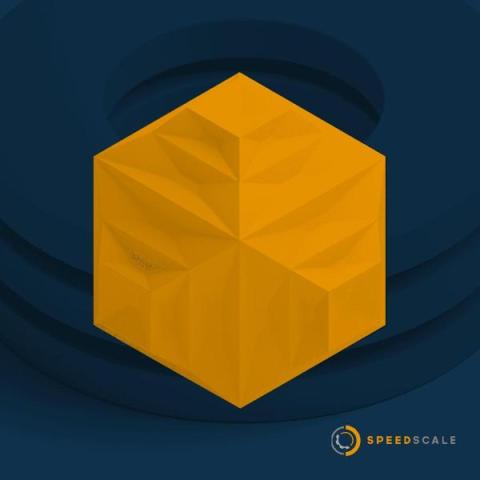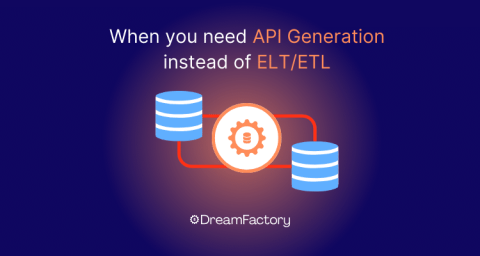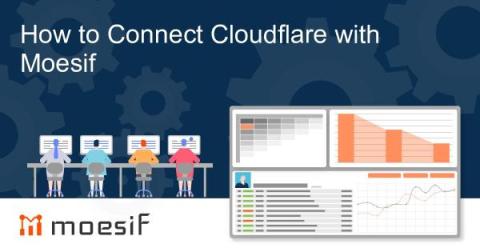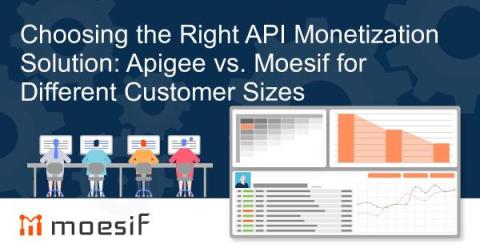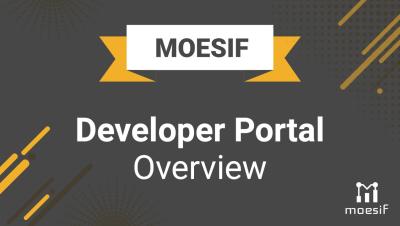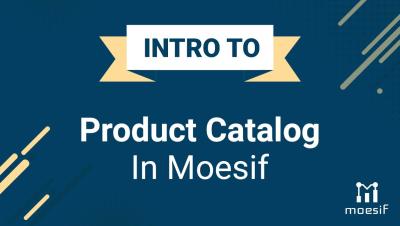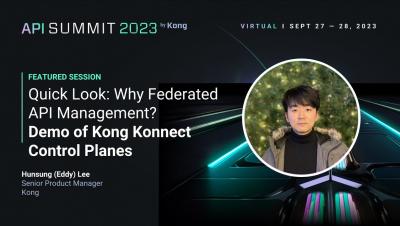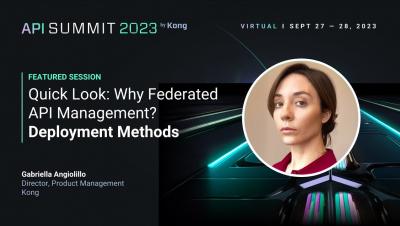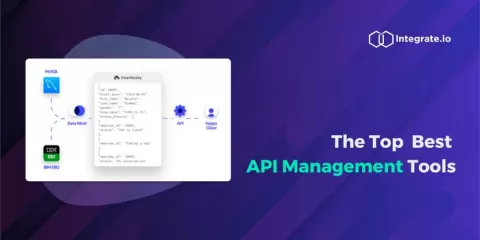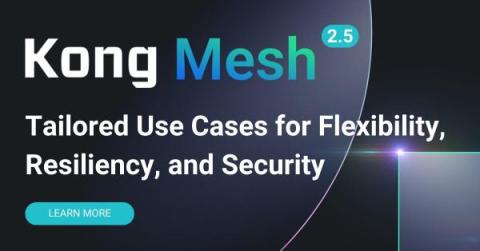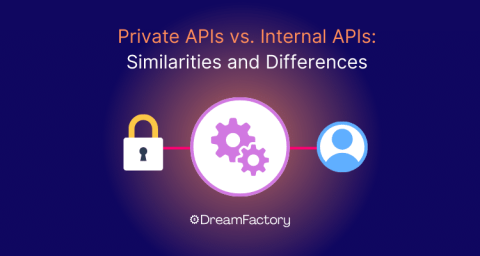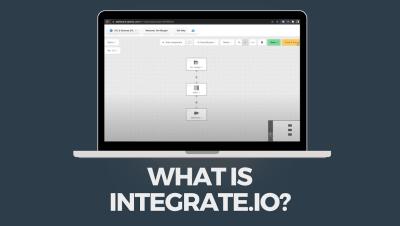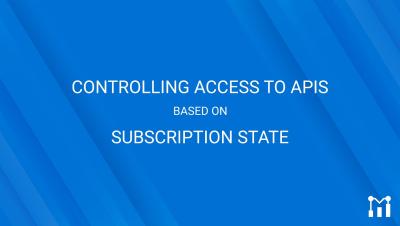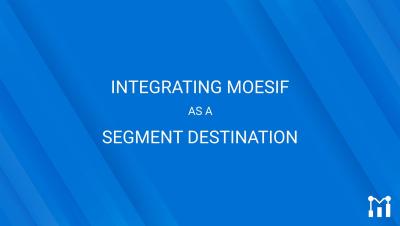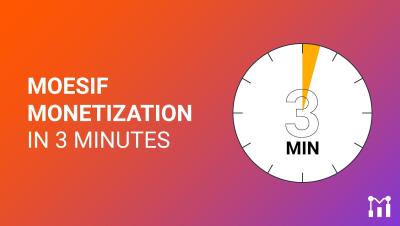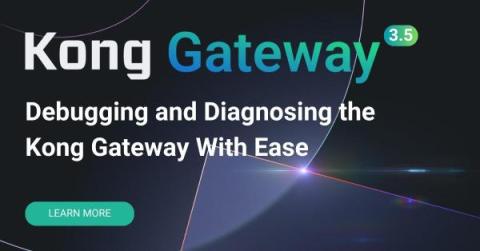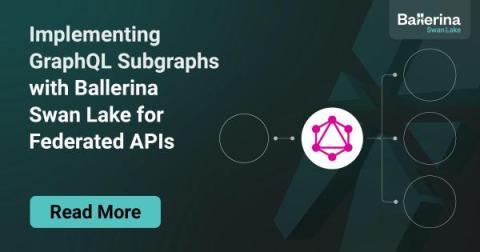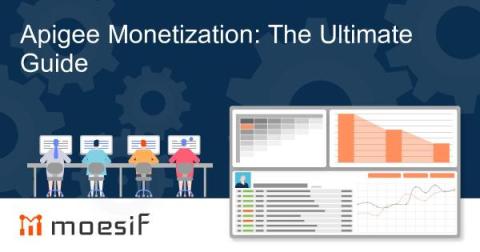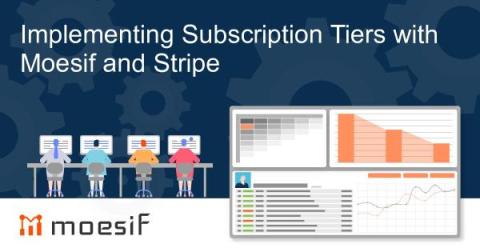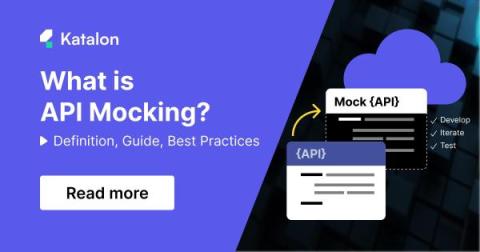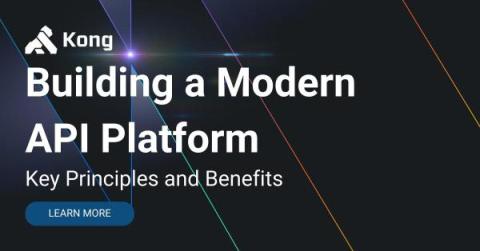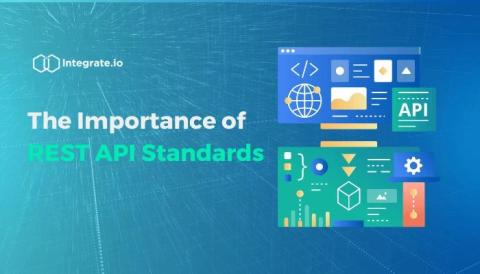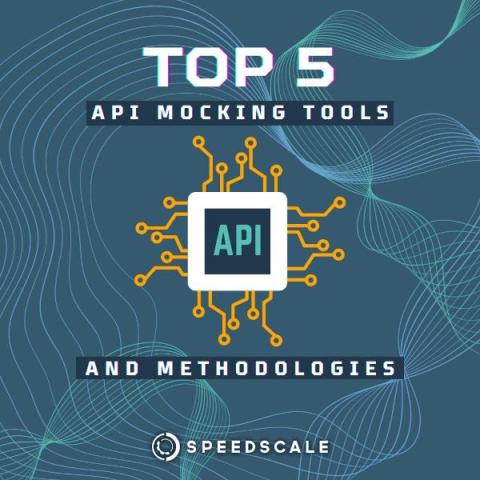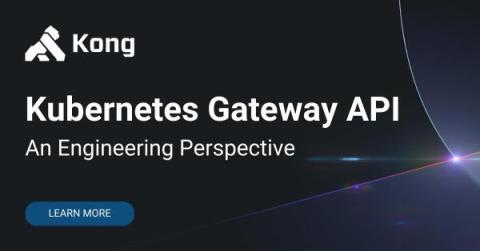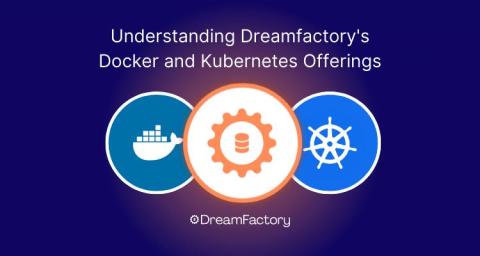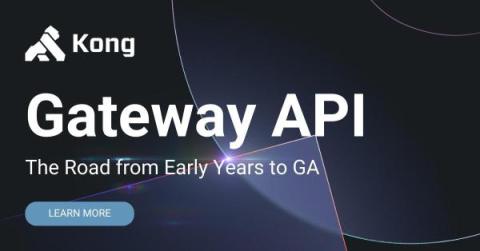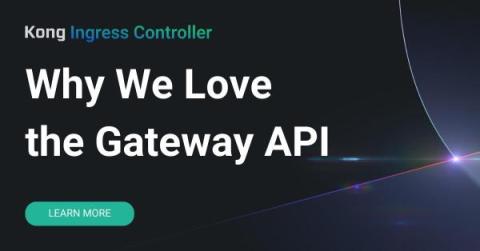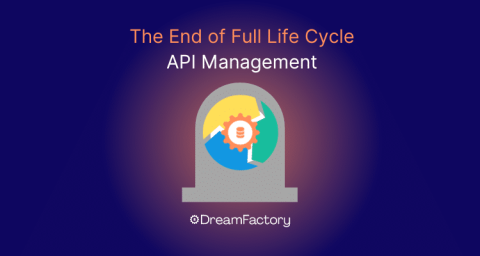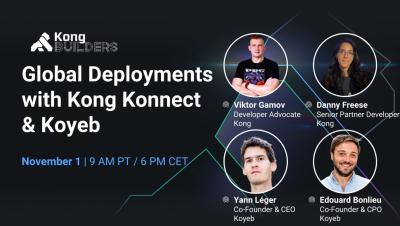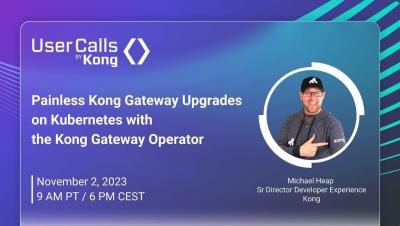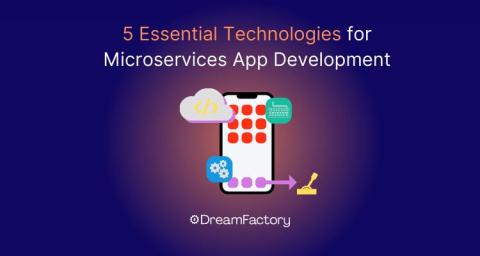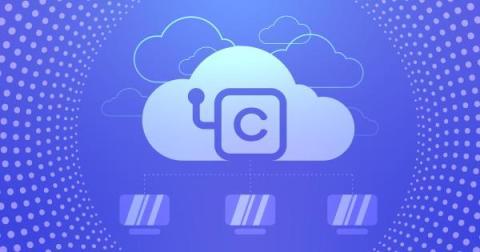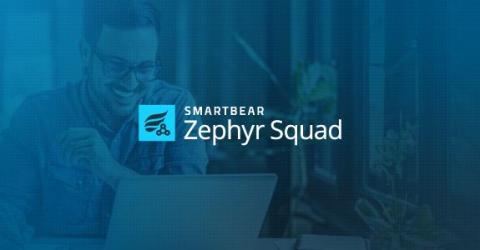Systems | Development | Analytics | API | Testing
November 2023
API Generation for Data Mesh: Accelerate Your Data Mesh Strategy
Implementing a Freemium Model for API Monetization
When monetizing APIs, specific ways exist to entice customers to begin using your services. Much of the time, users like to see some value before they commit to becoming a full-blown paid customer. Other times, users want to start on a free tier and, hopefully, will upgrade later. One of the most popular billing providers we see used for API monetization is Stripe, and thankfully, by using Stripe and Moesif together, you can quickly implement a Freemium model.
Fortify API Gateway Deployments with decK File Linting
Introduction to #RestAssured API Automation with AssertJ Assertions | Bhargav Murari | #APITesting
Capture Grpc Traffic Going Out From A Server
Speedscale vs. JMeter: Kubernetes Load Testing Comparison
Automatic APIs With PostgREST for PostgreSQL
11 API Trends to Watch for in 2024
From Vision to Venture E02: James Hirst - Co-Founder and COO at Tyk
Charging For API Usage By Unique User
When it comes to monetizing APIs, there are a lot of ways you can do it. One popular way to do so is to charge based on how many unique users are utilizing your API. A good example would be charging $7 per month for each user using your API. For a company with five users accessing the API in a given month, their monthly statement would show a charge of $35 (plus any applicable taxes).
ChatGPT API Pricing (Cost): Everything You Need to Know
API pricing is important for developers and businesses alike, as it shapes strategic decisions and resource allocation. As APIs are integral to AI App developers’ frameworks , cost-value alignment in pricing ensures informed choices for organizations and customers alike, preventing unexpected financial hurdles. For AI-based API products like the ChatGPT API, pricing models must offer clarity and flexibility.
Building Microservices with Choreo | Community Call #3
A Guide to Determining Throughput in Performance Testing
11 Most Popular Tools for Logging and Monitoring API Calls
Monitoring and API logging is no longer a nice-to-have – for many API providers, it has become a key part of ensuring growth and success in the ever-evolving API landscape. There are as many API monitoring tool providers as there are approaches to this topic, but we’ve gathered together a list of the top 11 in the market today.
A Beginners Guide to Monetization Models
The art of turning a product or service into profit is not always a straightforward path. ‘Monetization models’ serve as a crucial strategy for businesses to generate revenue. As simple as it sounds, choosing the right monetization model can be a game changer, a “make-or-break” piece that impacts the sustainability and growth of a business.
Implementing Volume-Based Pricing
When monetizing APIs, a popular approach is volume-based pricing. Of all the monetization models you can apply to your APIs, volume-based pricing is one of the easiest to implement. This blog will cover the basics of applying volume-based pricing to your APIs so your customers can be billed accordingly. Let’s start by looking at the finer details of volume-based pricing regarding monetized APIs.
How to Mock gRPC APIs
API Generation vs. ELT/ETL | Key Differences
Gateway to the Future: Kong Ingress Controller 3.0
Creating Great Developer Experiences with Metrics and Automation
In API development, the discourse often gravitates towards technical specifics and functionality. While attending the 2023 Platform Summit hosted by Nordic APIs in Stockholm, our head of Developer Relations, Matt Tanner, shifts the spotlight to the critical yet underappreciated facet of developer experience. His insights underscore its centrality in API adoption and effectiveness. Here’s some highlights.
Deep Dive: Building an API Monetization Stack
API monetization is a nuanced and complex process that demands both strategic business understanding and technical expertise. While at the 2023 Platform Summit by Nordic APIs, our Head of Developer Relations, Matt Tanner, recently shed light on this topic, emphasizing the bespoke nature of API monetization strategies and the importance of aligning business needs with technical capabilities.
The 8 Best API Documentation Examples for 2024
Tracking Product Qualified Leads with Moesif
In the business world, the best case scenario is a client who wants what you can provide. Having a highly engaged, informed, and active consumer means having a partner who can help make your product and market performance that much better. The gold standard in this category is a PQL, or a Product Qualified Lead. What exactly is a PQL? And why is it so beneficial to target?
How to Connect Cloudflare with Moesif
Integrating Cloudflare with Moesif allows businesses to leverage Cloudflare’s robust network services along with Moesif’s sophisticated API analytics and monitoring. This integration can be particularly beneficial for understanding user interactions with your APIs and improving API performance and reliability, and is quite easy to accomplish. There are two core paths to using Moesif with Cloudflare.
Choosing the Right API Monetization Solution: Apigee vs. Moesif for Different Customer Sizes
As companies increasingly rely on API based systems and processes, API management becomes more and more important, serving as the linchpin for facilitating communication between internal and external applications or services. Deciding which API management solution best fits your business’ use cases is no easy feat. Picking a tool that caters to the complex needs of your organization’s digital transformation starts with understanding the market and your products’ needs.
Moesif Developer Portal Demo Overview
Need an account? Sign up at: https://bit.ly/3p2msvL
Moesif in 100 Seconds Playlist: https://youtube.com/playlist
Video Tutorial Playlist: https://youtube.com/playlist
Introduction to Product Catalog
Need an account? Sign up at: https://bit.ly/3p2msvL
Moesif in 100 Seconds Playlist: https://youtube.com/playlist
Video Tutorial Playlist: https://youtube.com/playlist
Quick Look: Why Federated API Management? - Kong Konnect Control Planes Demo | API Summit
Quick Look: Why Federated API Management? - Deployment Methods Walkthrough | API Summit
14 Top API Management Tools for 2024
Kong Mesh 2.5: Tailored Use Cases for an Elevated Experience
Private vs. Internal APIs: Similarities and Differences
Building Efficient Data-Driven Apps: A GraphQL Tutorial for iOS App Developers
GraphQL is a query language and runtime for APIs, developed by Facebook in 2012 and later open-sourced in 2015. And it has changed the way we fetch data from our server. Typically, most front-end clients – like React, Angular, Vue, or mobile apps like iOS and Android – use REST APIs to fetch data from the server. REST APIs require more HTTP calls than GraphQL, which leads to over and underfetching.
What is Integrate.io?
Tightening Bearer Token Authentication with Proof-of-Possession Tokens Using Kong
What is API Led Connectivity | Understanding API-Led Connectivity
Controlling Access to APIs Based on Subscription State
Need an account? Sign up at: https://bit.ly/3p2msvL
Moesif in 100 Seconds Playlist: https://youtube.com/playlist
Video Tutorial Playlist: https://youtube.com/playlist
Integrating Moesif as a Segment Destination
Need an account? Sign up at: https://bit.ly/3p2msvL
Moesif in 100 Seconds Playlist: https://youtube.com/playlist
Video Tutorial Playlist: https://youtube.com/playlist
Moesif Monetization in 3 Minutes
Need an account? Sign up at: https://bit.ly/3p2msvL
Moesif in 100 Seconds Playlist: https://youtube.com/playlist
Video Tutorial Playlist: https://youtube.com/playlist
Debugging and Diagnosing the Kong Gateway With Ease
Your Secrets and Tokens are Secure with Kong Gateway Enterprise 3.5
Implementing GraphQL Subgraphs with Ballerina Swan Lake for Federated APIs
This article is based on Ballerina Swan Lake Update 7.2. Today, I want to share insights into implementing GraphQL subgraphs in Ballerina. But before we dive into coding, let's take a moment to understand GraphQL federation and the problems it solves. Ballerina Swan Lake WSO2 is an open-source and cloud-native programming language optimized for integration GraphQL Federation is a way to build a unified GraphQL API by combining multiple GraphQL services.
Apigee Monetization: The Ultimate Guide
In today’s digital age, APIs (Application Programming Interfaces) are pivotal in modern businesses, connecting them with customers, partners, and the broader technical ecosystem. Growing far beyond just the backbone of an application, APIs have now caught the attention of businesses looking to create a new revenue stream. As organizations recognize the revenue potential of their APIs, effective API monetization strategies and tools have grown in popularity.
Implementing Subscription Tiers with Moesif and Stripe
As we have seen in the last few years, subscription-based models align customer needs with business growth. Whether you’re a startup or an established enterprise, mastering the art of subscription tiers and learning how to apply them to your API monetization strategy is crucial. In this blog post, we will look at navigating through the implementation of subscription tiers for monetized APIs with the aid of two vital tools: Moesif and Stripe.
Monetizing APIs with Stripe
In the bustling digital marketplace, the art of monetizing APIs has emerged as a game-changer for businesses. Stripe, a leader in online payment processing, and Moesif, an expert in API analytics, are pioneering this frontier. This article delves into the essence of Stripe, the dynamics of API monetization, and how the synergy of Moesif and Stripe can revolutionize your API revenue streams.
What is API Mocking? Definition, Guide, and Best Practices
APIs enable seamless data communication among software applications and digital services, making it one of the most essential backbone of our modern society. Carrying such importance, API testing is always highly recommended to ensure that the API is working as expected. However, APIs may not be fully available to be tested, especially during the earlier stages of development, or when the API providers impose certain access restrictions to their APIs.
Not Just Cracking API Calls, but Digging into Payloads: How Queries Get to the Heart of Your Data
Monetizing an AI-based API can be a strategic decision that holds the potential to drive growth and financial stability for artificial intelligence companies. An API that doubles as an AI tool offers valuable services and capabilities that can be utilized by a diverse range of users and industries.
6 Golang Testing Frameworks for Every Type of Test
Building a Modern API Platform: Key Principles and Benefits
REST API Standards: A Comprehensive Guide
Top 5 API Testing Tools & Methodologies
Top 5 API Mocking Tools and Methodologies
Learn about the benefits, drawbacks, and key use cases for our top 5 API mocking tools: Postman, MockServer, GoMock, MockAPI, and Speedscale.
What Is MySQL API?
Kubernetes Gateway API: an Engineering Perspective
Understanding Dreamfactory's Docker and Kubernetes Pricing Model
Master Blue-Green Deployments with Kong Gateway Operator | Kong Tutorials
Gateway API: From Early Years to GA
What's Coming in Kuma 2.5?
Multi-Language Support for Deploying Your Source Code with Buildpacks
We're excited to share that deploying applications with buildpacks is now available on the Choreo platform. This empowers users to build their applications on the cloud faster and more easily than before.
Five Reasons Why You Shouldn't Build a Platform #WordsUnplugged
EP5: Why Building Platforms Fail - Architects Dissect 5 Critical Reasons
Why We Love the Gateway API
How to Design Effective APIs | Actionable Guide | Pooja Mistry | TestFlix 2023 #api #apitesting
Quickly create a REST API (Linx 6 Demo under 5 minutes)
The End of Full Life Cycle API Management
Global Deployments with Kong Konnect & Koyeb!
Painless Kong Gateway Upgrades on Kubernetes with the Kong Gateway Operator
Keeping AI Infrastructure Costs Down with API Governance
The growing importance of AI in business is undeniable, with more than 50% of businesses employing artificial intelligence for security and combating fraud. Additionally, beyond the practical applications for businesses externally, AI can be used internally to deliver better customer experiences through competitive tools and features. As the role of AI within an API business’ operations expands, so do the associated AI infrastructure costs.
The Definitive Guide to Production Traffic Replication and Replay for Software Testing
5 Essential Technologies for Microservices App Development
Legacy Code to Cloud Migration with Choreo
In today's evolving technology landscape, businesses are increasingly recognizing the potential of migrating legacy systems to the cloud. Even though they are the backbone of many organizations, legacy systems and services deployed via on-premises servers often need help to keep up with modern business requirements. Cloud migration offers a transformative opportunity to enhance scalability, flexibility, and efficiency, while enabling access to a wealth of innovative services.




